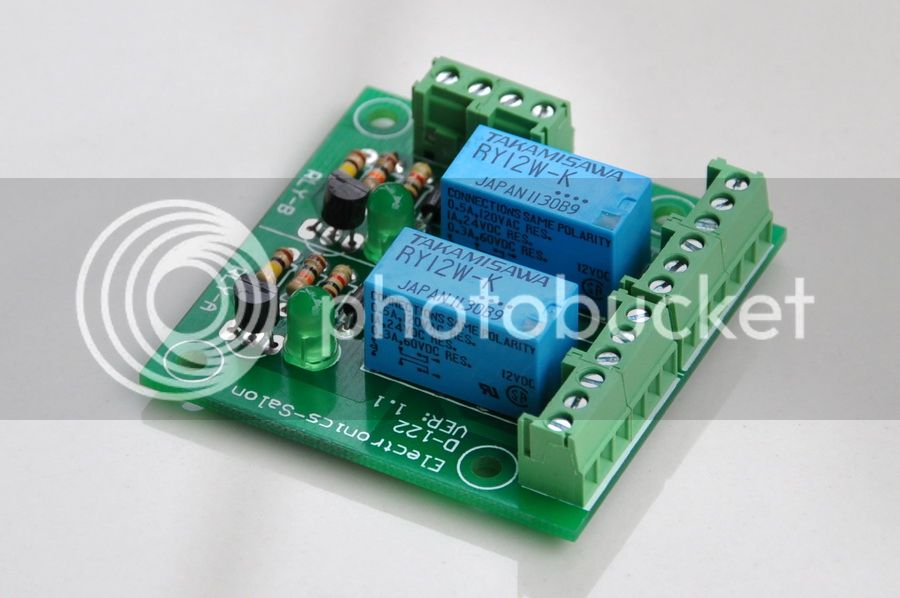stevela
Regular.
Hadn't thought of that scenario. I'll look into getting some more substantial cabling before I start to build (Never heard of cable referred to as YY before).

bobsbeer said:The build has begun. Fettled a ATX power supply this evening with the load resistor. So that should be enough to power the arduino, pump and all the other peripherals I can possibly think of. Just waiting for the banana sockets and plugs then it's ready to go. New soldering iron worked a treat. Monday hopefully I can put the pressure sensor board together once I get all the capacitors. Then we are nearly ready to rock. Testing anyway. I still need a 40mm qmax to sort the heating element in the new HLT.


void PumpControl(){ // Controls pump speed via MOSFET by reading potentiometer value
PotValue = analogRead(PotPin);
PotValue = map(PotValue, 0, 1023, 0, 255);
analogWrite (HERMSpumpFET,PotValue);
}Enter your email address to join: